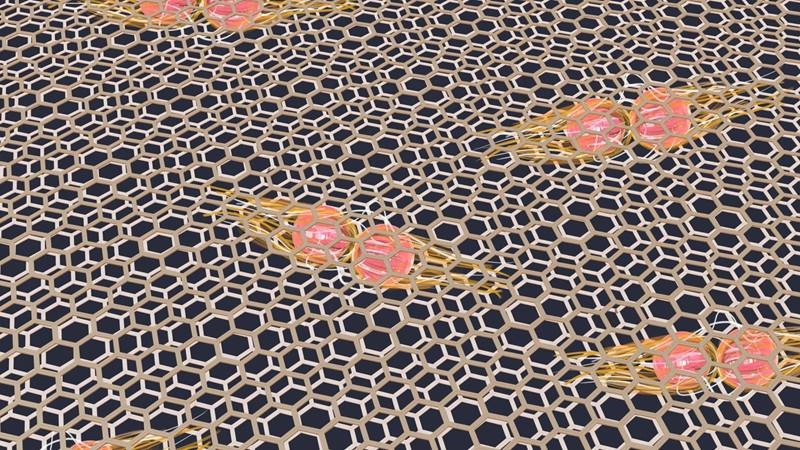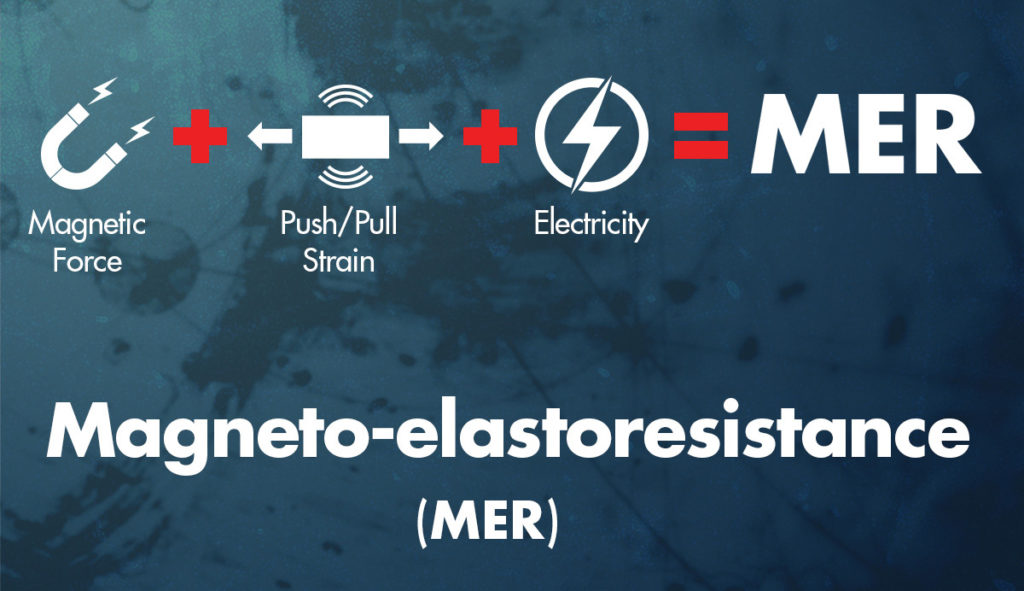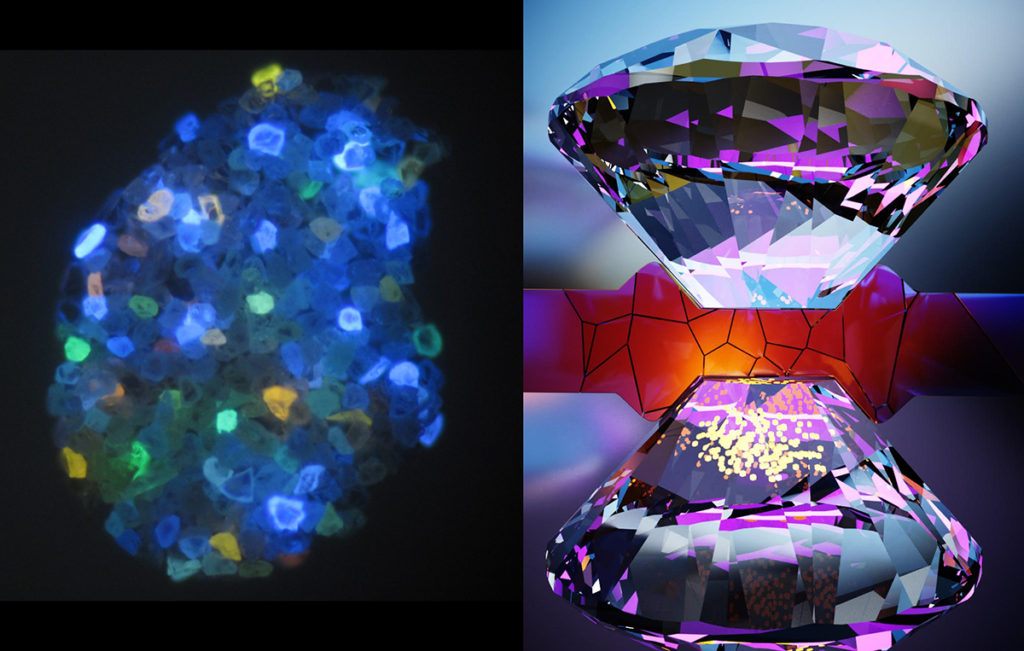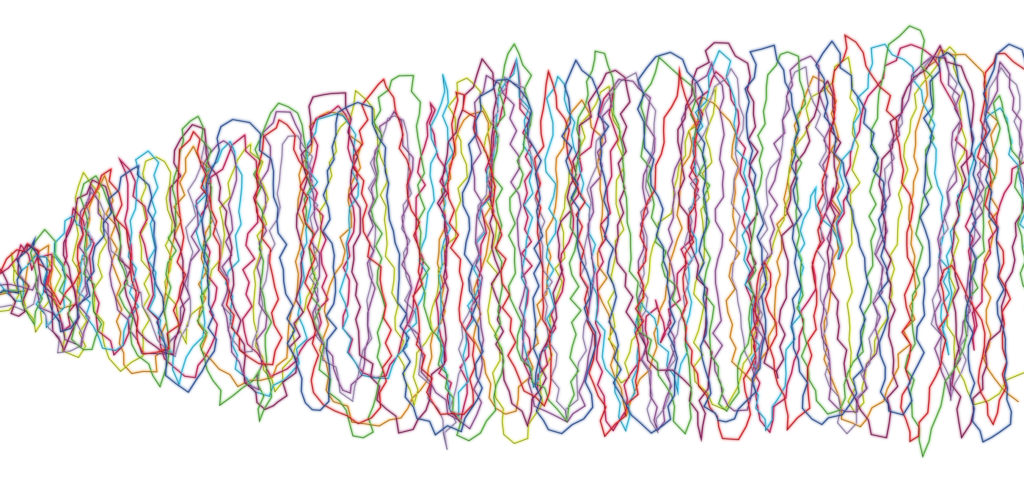In cuprate materials, superconductivity competes with magnetic spin and electric charge density wave (CDW) order in the material’s electrons. In some of these materials, strong magnetic interaction causes spin density waves (SDW) and CDWs to lock together to form a stable long-range “stripe state” where the peaks and valleys of the two waves are aligned.
Tag: superconducting materials
Staying in the Loop: How Superconductors are Helping Computers “Remember”
To advance neuromorphic computing, some researchers are looking at analog improvements–advancing not just software, but hardware too. Research from the UC San Diego and UC Riverside shows a promising new way to store and transmit information using disordered superconducting loops.
Plastic Deformation Engineering Dramatically Enhances Quantum Phenomena
Researchers have discovered that applying plastic deformation to the quantum material strontium titanate causes defects (known as dislocations) to organize themselves into repeating structures. These changes lead to improvements of strontium titanate’s superconducting and ferroelectric properties.
When Material Goes Quantum, Electrons Slow Down and Form a Crystal
Moiré patterns can occur when scientists stack two-dimensional crystals with mismatched atomic spacings. Moiré superlattices display exotic physical properties that are absent in the layers that make up the patterns. Researchers have discovered a new property in the moiré superlattices formed in tungsten diselenide/tungsten disulfide crystals, in which the electrons “freeze” and form an ordered array.
It’s colossal: Creating the world’s largest dilution refrigerator
To cool quantum computing components, researchers use machines called dilution refrigerators. Researchers and engineers from the SQMS Center are building Colossus, the largest, most powerful refrigerator at millikelvin temperatures ever made. The new machine will enable new physics and quantum computing experiments.
A Talented 2D Material Gets a New Gig
Berkeley Lab scientists tap into graphene’s hidden talent as an electrically tunable superconductor, insulator, and magnetic device for the advancement of quantum information science

When Electrons Follow New Interaction Rules, Superconductivity Ensues
Researchers used a scanning tunneling microscope to “see” the electron interactions and pairings at the heart of twisted bilayer graphene’s novel properties.

What’s MER? It’s a way to measure quantum materials, and it’s telling us new and interesting things
Experimental physicists have combined several measurements of quantum materials into one in their ongoing quest to learn more about manipulating and controlling the behavior of them for possible applications. They even coined a term for it– Magneto-elastoresistance, or MER.

Tiny Quantum Sensors Watch Materials Transform Under Pressure
Scientists at Berkeley Lab have developed a diamond anvil sensor that could lead to a new generation of smart, designer materials, as well as the synthesis of new chemical compounds, atomically fine-tuned by pressure.

Theorists probe the relationship between ‘strange metals’ and high-temperature superconductors
SLAC theorists have observed strange metallicity in a well-known model for simulating and describing the behavior of materials with strongly correlated electrons, which join forces to produce unexpected phenomena rather than acting independently.